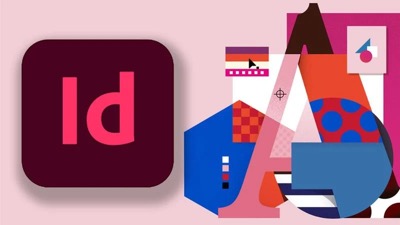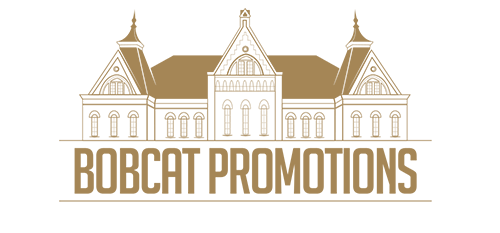InDesign vs. Canva
By Hebe Barrientos
Adobe’s InDesign and Canva are both amazing graphic design softwares that designers use to create beautiful, modern and professional visual projects. While both offer a great variety of products — posters, books and book covers, magazines, newsletters, menus and more — they also differ in many specific ways.
Adobe’s InDesign is specifically created for experienced graphic designers who are accustomed to sitting in front of a blank canvas organize content in a way that attracts viewers or readers. It is equipped with a toolbox that allows the designer to take a concept from nothing to something visually enticing and readable. It allows creators to design, produce, publish and print their digital media work. Their software is downloaded on a computer, allowing Adobe’s designs to have better and much higher resolution than its competitors.
InDesign is a tad more complicated and challenging to learn to work with. First, users must have an understanding of design rules based on a knowledge of visual communication and aesthetics — with imagery and typography — that involves how best to organize information that will capture and retain the attention of the reader. Technically, InDesign’s toolbox allows users to work from a blank canvas, to create work that’s as endless as one’s imagination.
In order to be able to use their services the InDesign customer has to subscribe to a monthly single plan for $20.99. Alternately, the user may elect subscribing to InDesign’s premium service and obtain their full bundle with Adobe Creative cloud for $52.99 a month.
In comparison, Canva leans toward newcomers of graphic design and a younger audience. Rather than their software being downloaded onto your computer, Canva is edited through the web or through its app. Canva understands that as a new graphic designer, it can be overwhelming to create something from scratch, so Canva has made their program easier to use and learn. The program offers templates that can be fully edited to the designer’s preference for a more personalized work to help facilitate new user experiences. If desired, a user can also start from scratch with just a blank page.
A big plus for Canva is that its basic services are free of charge. Designers need to create an account, the free version provides free fonts, images, templates, symbols and more. To upgrade to their Pro version, the cost is only $12.99, and CanvaPro offers twice the amount of design tools to work with.
However, if you are planning to pursue the professional graphic designer path, you should still go with Adobe InDesign. It is versatile and offers an extremely large font library. It’s an industry tool that will help you stand out in the designing field.
Hebe Barrientos, a public relations senior, served as Executive Director of Bobcat Promotions during the Spring of 2022.

